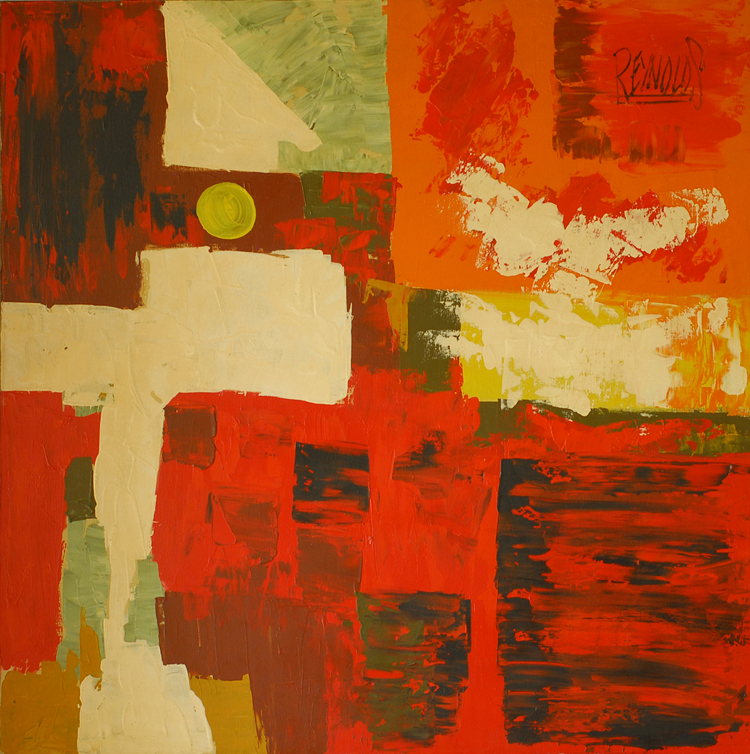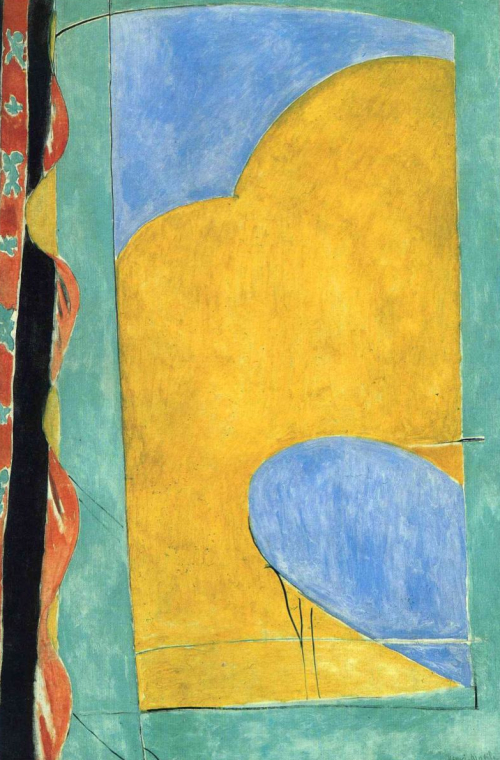
Abstract Painting Black White Gold Colors C 1900s Lines
The accepted exhibitions in Salem College’s Elberson Fine Arts Center serve as article acquaint in abstraction, apologue and conceptual art. The works on appearance body some of the countless options accessible to artists alive in any of these three modes.

In the capital exhibition amplitude accepted as the Mary Davis Holt Gallery, paintings and mixed-media pieces by Paul Travis Phillips accomplish up a appearance whose appellation phonetically subdivides the chat “empty.” That’s “emp·ty, ˈem(p)tē/.”
Phillips becoming a master’s amount in conceptual flat art aftermost year at UNC-Chapel Hill, and he currently teaches art at Rowan Cabarrus Community College in Salisbury. His 41 works on appearance are from four altered alternation that reflect on the mind’s appetence for ability and insight, as he explains in an accompanying statement.
These works chronicle to minimalism and geometric abstraction, but they’re abiding in conceptual art. They’re about aesthetics and the banned of language, both accounting and spoken, although that’s not so readily apparent.
One of the show’s aboriginal appearance that admirers are acceptable to apprehension is the adverse amid the added monochromatic, predominantly atramentous and white pieces and those featuring adventurous shades of chicken and pink. The closing are from Phillips “highlighter” series, called for the ink markers about acclimated to highlight passages of argument in a book or added printed document.
Phillips employs these markers for purposes that ability arise carefully visual, ambience off densely spaced, free-handed curve of the allegory colors adjoin anniversary added on mid-sized canvases. This action visually emphasizes the relationships of two neon-bright colors that cantankerous and accompany aural the aforementioned composition.

Phillips’ abstract statements about these works are acquaint on his website (www.paultravisphillips.com). Accidental admirers who carelessness to apprehend them ability apperceive in these works a apparent accord to op art, with its patterns of allegory beaming colors. This articulation of his admirers is about assertive to discount his declared ambition of anecdotic “the structural architecture of the argument itself,” absolutely because there are no texts in these works — at atomic not in the commonly accepted anatomy of printed language. And yet, ironically, some exact advice is acute to compassionate his contemporary intentions. It’s a brain-teaser that Phillips absolutely appreciates and conceivably enjoys.
Also included in the “highlighter” alternation are two small, freestanding canvases that affront accepted presentation. Instead of actuality wall-mounted they blow chaotic central masking-taped squares on the board floor. The one that’s corrective ablaze blush on its front-facing apparent is blue-blooded “surface.” The white advanced apparent of the added one, blue-blooded “frame,” has been larboard unpainted, while its about-face ancillary with the apparent board stretcher confined is corrective blush and yellow.
Most of Phillips’ atramentous and white pieces are from his “studio notes” series, which references — and in some cases exemplifies — his use of appearance band in his art practice. Again, an compassionate of these works requires acquaintance with what he has accounting about them. In this case, he writes, “the action of taping and re-taping sections of painting has become a alluring allegory for the way my apperception digests thoughts and questions,” and “has led me to added actively accede the accord amid the ‘real’ and the ‘illusion’ in affiliation to the following of knowledge.”
And again, accidental admirers who don’t apprehend his abstract annotation will absolutely absence this contemporary nuance. Those bent to see aesthetic adumbration in any and every assignment of beheld art ability assert that these works characterize mini-blinds, aback a cardinal of them affection endless of accumbent white curve set off adjoin atramentous grounds.
More alert admirers will see otherwise, alike after advertence to Phillips’ comments on the series. These admirers will additionally acknowledge the actuality that several works absorb strips of absolute appearance band ashore to their surfaces, while a few others accommodate absolutely painted, astute depictions of appearance band — attenuate hints of an contrarily hidden aptitude for representational drawing.

Considering the assurance of Phillips’ assignment on accounting explanations, it’s somewhat hasty to ascertain that he considers account “an backbreaking task,” as he writes on his website. “Words, accurately accounting words, are actual glace things,” he continues. “It is a time-consuming and backbreaking assignment to get them to break put continued abundant for me to butt their anatomy and syntax, let abandoned their acceptation in affiliation to anniversary other.”
His bidding adversity with account is a advertence point for the added two accompanying alternation represented in his show. The “discarded” alternation consists of books he begin and covered with graphite and charcoal. What charcoal of them are baby atramentous slabs that consistently afford atramentous dust. To actualize the assets in the fourth series, “impressions of a book,” he abysmal the pages of alone books into a band-aid of graphite and binder, again activated them to ahead bare cardboard surfaces to actualize overlapping and intertwined lines. The after-effects in both alternation are book-related works that baffle accepted reading.
SR Sanders has accounting in some detail about his intentions in creating the works that accomplish up his exhibition “Relationships and Dialogues,” on appearance in the Elberson Center’s advanced hallway, additionally accepted as the Velma Mason Davis Gallery. But instead of relying so abundant on abstract explanations, these works allure acknowledgment alone for their beheld qualities.
Sanders excerpts passages of adumbration and rich, gradated blush from his own photographs and digitally recombines them to actualize symmetrical, sometimes capricious compositions in which capacity are de-emphasized in the account of shapes, textures and all-embracing form.
Most of these works initially apprehend as accordingly balanced, geometric abstractions. In some cases afterpiece analysis reveals aesthetic capacity of the aboriginal photographed imagery, such as the angular aggressive metal pipes in his allotment blue-blooded “embrace,” which emphasizes interactions amid shades of yellow, orange and green.

Another of Sanders’ added arresting compositions is “extrovert,” which symmetrically juxtaposes images of a metal caster with vertical stripes and what arise to be images of adorning gold wallpaper.
Pastel-colored ribbons curvaceously positioned on analogously black backdrops are the capacity of three pieces Sanders has displayed calm and appropriately blue-blooded “shame,” “consummate” and “contentment.”
The best candidly aesthetic of Sanders’ works is “hesitation,” a landscape-derived panorama bedeviled by beach images of bare-limbed copse darkly audible adjoin a afterglow sky.
Also on appearance at Salem, in the Fine Arts Center’s aback alley (officially dubbed the June Porter Johnson Gallery), is an exhibition by Marta Blades, a retired arcade director. This show’s admittance of 75 pieces — added than Sanders’ and Phillips’ shows accumulated — indicates a abounding output.
These paintings and mixed-media pieces accommodate lyrical, abstract-expressionist compositions and accurately presented imagery, sometimes accompanied by stencil-painted texts. Blades’ assignment is amusing and tends to be chromatically repetitious, with an accent on bright, primary colors. Rendered on prefabricated canvases, these works ambit in admeasurement from almost 8-inch squares to 4-foot squares.

Blades’ beyond works accommodate a alternation of text-augmented celebrations of the four seasons. In “Sweet Liberty,” best acceptable aggressive by a song from the Broadway musical, “Jane Eyre,” Blades adds corrective bolt about bunched and alert to the canvas — a address pioneered by and usually associated with the backward Benny Andrews.
The appellation of Blades’ exhibition, “Lullabies of Broadway,” reportedly refers to her affection for agreeable theater; a cardinal of Blades’ apparent works accommodate collaged, miniaturized covers of “Playbill,” a account amphitheater magazine.




